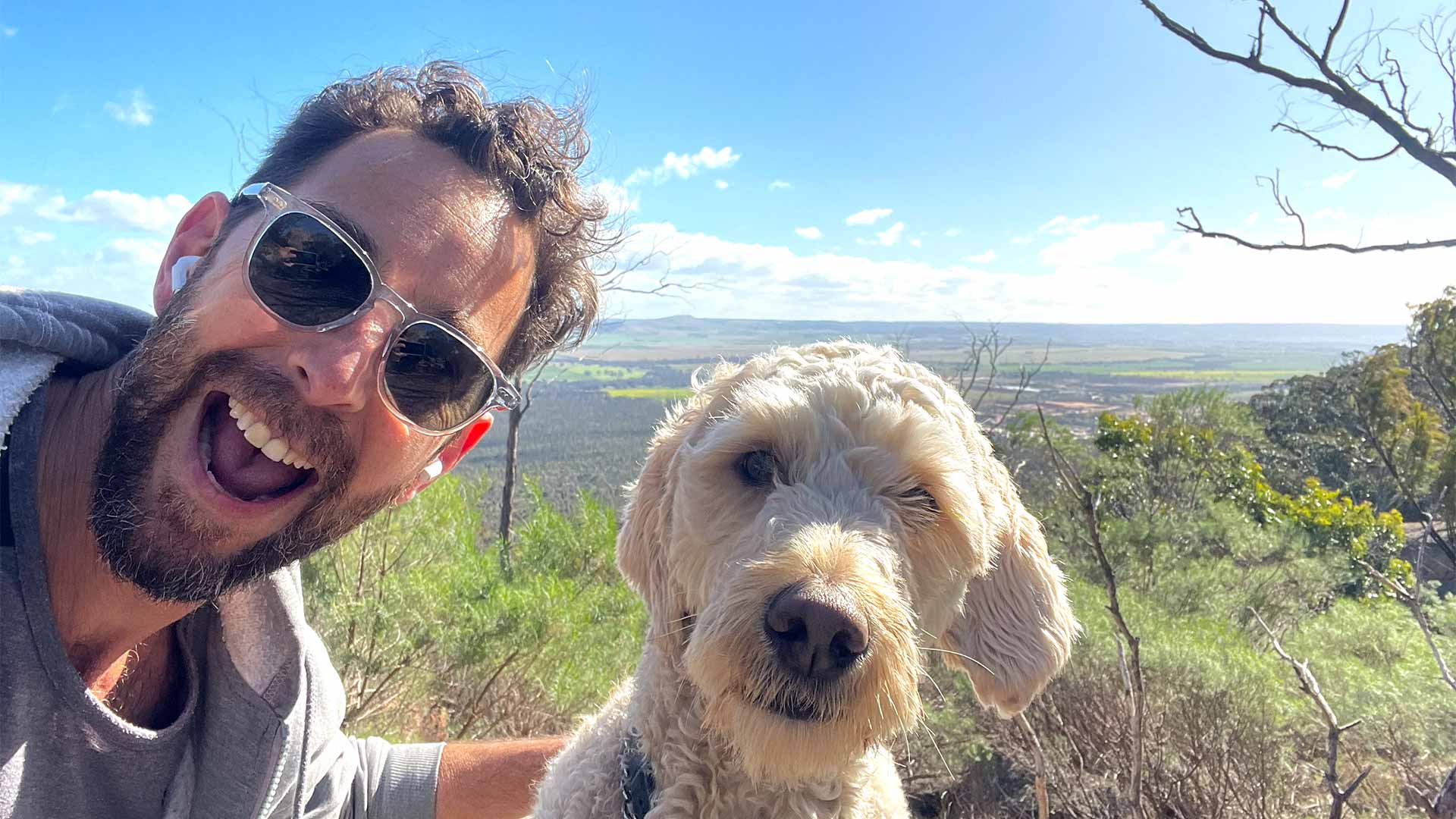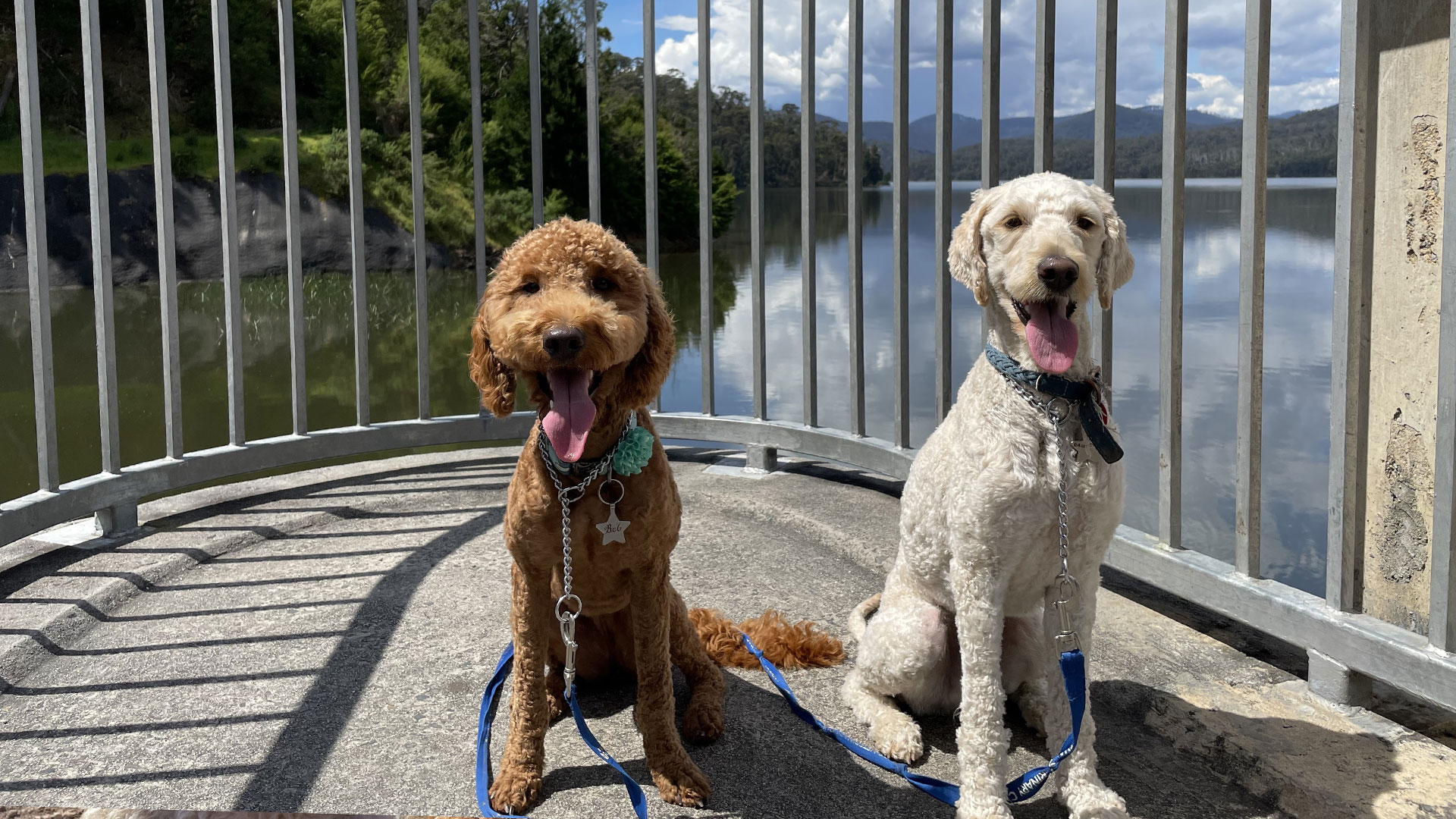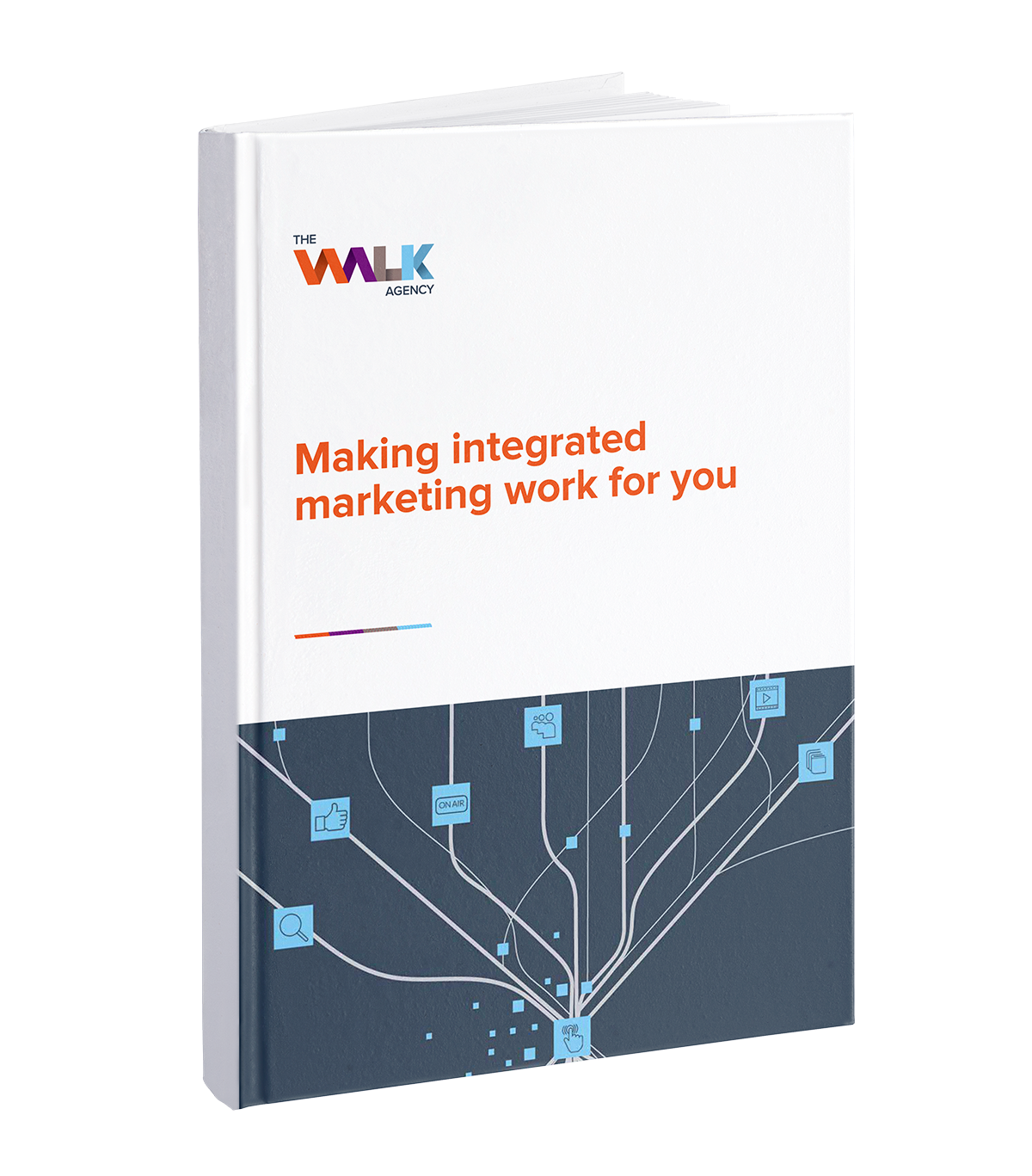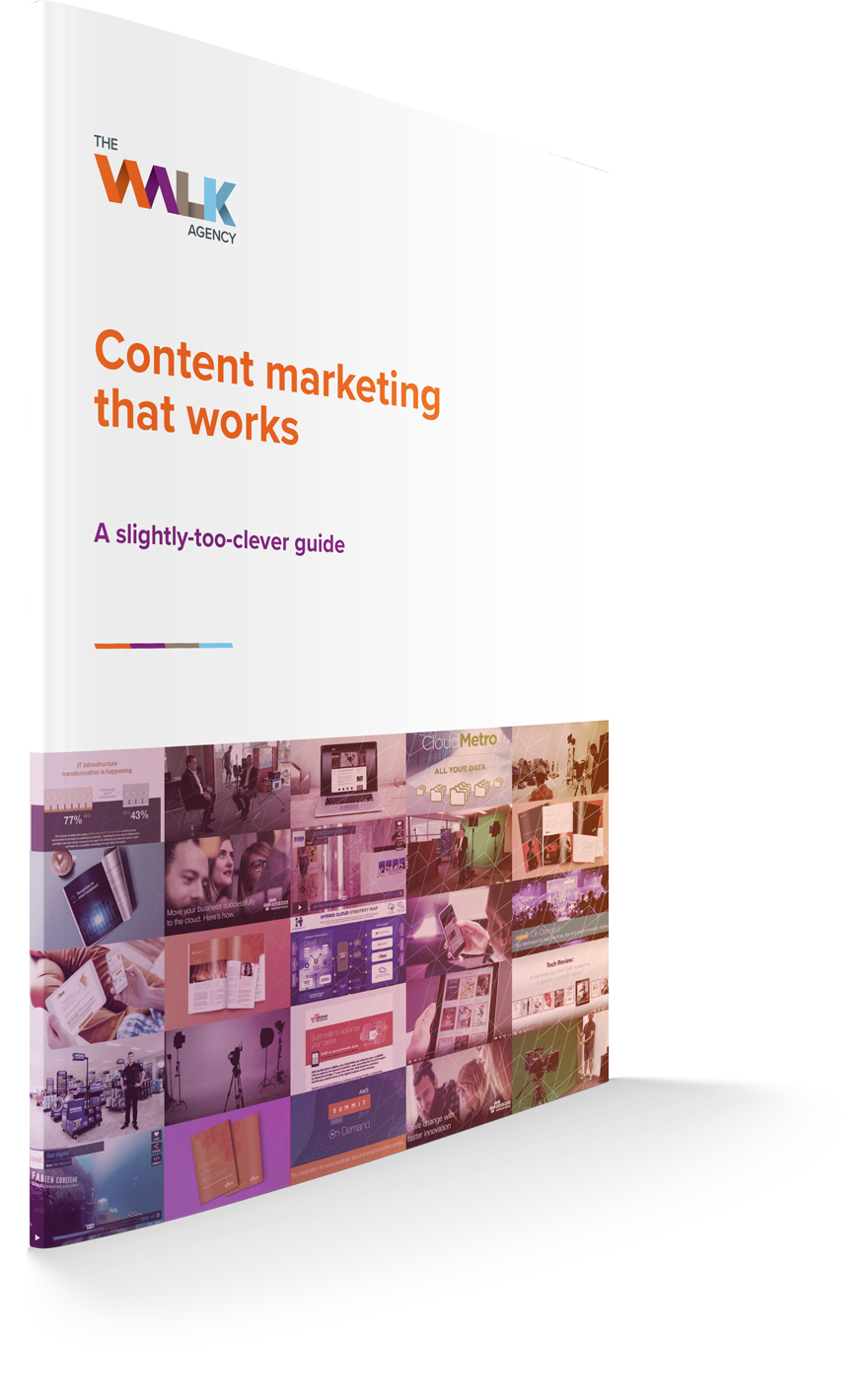We live in the most high-tech era in human history and the information age is constantly embracing new technologies that make our lives easier than ever. But are we the happiest, most fulfilled generation to have ever walked the Earth?
An era-defining global pandemic inadvertently showed us we still have work to do, especially with the balance of life and work. We need to work smarter.
Here at The Walk we’ve been trialling a new method of working as part of a global study into creating more sustainable lives – the 4-day week. Could this be the future of work?
A more sustainable future, for ourselves and for our world
There aren’t many people in the modern workforce who can truly say they’re living a balanced life. Picture a life where you have enough time to pursue your passions, hobbies, a health and exercise regime, and enough time, energy, and mental space to build stronger relationships with family, friends, and the wider community. Plus, you’re still able to produce a high output of great quality work in your professional arena. Sounds like a fantasy, doesn’t it? The good news is, it’s not.
100-80-100 – the formula for a more meaningful life
An 8-hour work day was first proposed in Scotland in 1817 where the slogan, ‘Eight hours labour, eight hours recreation, eight hours rest,’ was the expressed desired sentiment. In 1926, Henry Ford removed one day of work from his employee’s schedules, resulting in eight-hour shifts for five days a week. In 1938, during the Great Depression, the USA formally established what we now know as the five-day, 40-hour work week for many of the country’s workers.
Almost a century-old, this traditional work structure is now being questioned, and rightly so, things really have changed since then.
So, how does a 4-day week deliver what we need? It’s about treating time as our most precious resource, which means working smarter, not harder and being measured on output, not time at the desk. The basic principle of the four-day week is called 100-80-100. That’s 100% of the remuneration, for 80% of the time, but with 100% of the output.
“What?” I hear you say, “Does not compute…”
“
We love learning, and so we’re undertaking this in the understanding that we’re actively testing out different solutions, and that there will be some trial and error.
”
It’s all about how that 20% of the work week, the day given back to employees is used. When people are more fulfilled, more rested and have more time to look after themselves and others, they come to work in a better state of mind. They’re prepared to work, and want to work and are motivated to work because they want to keep the extra day to themselves. They feel on top of their personal lives, and they’re spending quality time doing activities they find fulfilling. They’re more inspired about the work they do, have more clarity about their role’s purpose, and about what’s required to be successful.
Productivity and passions combined
How is this achieved? It’s not easy for sure, but when there’s less time to work with, you have to focus on tasks that are actually important and lead to the most impactful outputs. By sidestepping some of the less important tasks, not only are things done more quickly, but people feel the work is more meaningful, because they just spent their time on the things that mattered. Where people used to fill in the extra time spent at work with meetings, email, and other non-important, non-urgent tasks, the idea of ‘filling in time’ becomes obsolete. Efficiency and productivity are paramount, and fortunately, the benefits gained from an improved personal life provide the necessary boost in energy and clarity.
Team members feel more valued and respected by their employers because they’re being encouraged to lead fuller lives. Plus, there is the additional benefit for both business owners and employees in knowing that by having to commute less, and operate the business for less time, the organisation’s environmental footprint is reduced. All of this equates to sustainable livelihoods, businesses, and a more sustainable world.
It’s also important for people to be accountable for how they spend the gift of their time. If they don’t focus on things that make them and the world a better place, then there’s no point. Because no one will come to work more rested and inspired if they only do house cleaning, grocery shopping and washing, then drink 4 glasses of wine binge-watching Netflix on their day off. Getting outdoors, spending valuable time with people you care about, exercising, being creative, helping the community – now these are things that fill people’s cups so they’re ready to go for the next work day.

Have you heard of Parkinson’s Law?
Parkinson’s Law is the idea that work expands to fill in the time that has been allocated for it to be completed.
In 1955, this term was coined by Cyril Northcote Parkinson in a humorous essay he wrote for ‘The Economist’ magazine. In the piece, he tells the story of a person whose only task in a day was to send a postcard – what would normally take someone just a few minutes – but they ended up spending an hour to find the card, a half hour looking for their glasses, one and a half hours writing the card, and twenty minutes deciding whether or not to take an umbrella for their walk to the post office etc., until their day had been entirely filled. Sounds funny, but this is what tasks that ‘fill in time’ often are.
Could a 4-day week be the future of work? We think so. But making the shift isn’t easy.
We at The Walk have been working hard (and smart) to make this transition, and we have learned a lot of lessons that we’d like to share. First up; it’s not easy.
Co-founders, Nick and Jo, underwent training with the 4 Day Week Global team. Time was then spent documenting the new approach and training the team on the necessary changes that would be introduced. Becoming more efficient and productive with 20% less time at work isn’t a simple task. It involves breaking deeply-ingrained work habits, employing new project management tools and systems, and for The Walk – a marketing agency whose service-based industry traditionally charges for hours spent on a job – the need to rethink how we produce value for our clients.
We love learning, and so we’re undertaking this in the understanding that we’re actively testing out different solutions, and that there will be some trial and error. Change isn’t easy, but our team can see the benefits to their personal lives, and so we’re willing to fight to work as hard as possible to maintain quality of work, responsiveness and levels of productivity.
Interestingly, having less time at work is empowering us to be better at everything we do and more efficient and productive. In our industry there are high levels of burnout and any number of horror stories about people working all hours. Unfortunately, people in this position don’t always deliver the most inspired work. Research from the 4-day week also shows that there are more sick days and lower retention of staff in these situations, which impacts productivity, profitability, quality and continuity. This is the great learning about this style of work; it’s a real-world lesson in the notion of “less is more”.
It takes inspired creativity to effect change
To enable a successful 4-day work week, we needed to undertake a number of initiatives – lucky we’re a creative marketing agency!
Here are some of the steps we took to give us the best possible chance of hitting our productivity goals:
- Shorter, better planned and executed meetings, and fewer meetings overall.
- A sharper focus on outcomes, i.e., asking ourselves, ‘Is this action/task/initiative going to produce the intended outcome?’
- Greater awareness of how we’re actually spending our time, so we can sift out the things that are not adding value for our clients
- Discussing our learnings internally, so we can all learn from each other’s productivity hacks and efficiency boosts – and also avoid missteps with the things that didn’t work
- Trialling various days of the week for our additional day off/personal day, and splitting them up so there’s always someone ‘on’ for the business.
- Celebration and recognition for how people are spending their personal time
What have been our biggest challenges?
For an integrated marketing agency, our biggest challenge is the ‘selling time vs value’ fee structure. Since time immemorial, marketing and advertising agencies have operated by tracking time and charging for billable hours. We’re still working on this issue, because one of our main values is always to remain transparent. That said, if our specialists have been doing what we do well for decades, and we know how to get work done quickly when well-rested and living life in a balanced fashion, we can get better results (providing more value to our clients) with less time spent on each project task.
Our initial foray into the 4-day week saw genuine challenges, and not everyone responded to them in the same way. However, what quickly became apparent was how much each team member was committed to fighting for this change. Below are just a sampling of personal stories from team members about their own unique experiences.
Stories from a 4-day week
What people at The Walk genuinely think about their experience with the 4-day week

“Achieving 100% productivity might sound impossible. Especially when you already have a time-efficient approach to work and getting things done, but I’ve found more ways to improve through the pilot.”
– Jo Edwards, Co-founder & Creative Director

“Delivering increased purpose and focus into both my personal and professional life is hugely rewarding. This is the future of work, there’s no doubt about it. I’m so pleased that we’re able to offer this.”
– Nick Cantor, Co-founder & Digital Director

“My stress levels have gone down a lot. I find I have more time on weekends for sporting and leisure activities. And on another level, I have less stress at the end of each working day.”
– Aaron Sammut, Graphic Designer

“Every individual now has set goals for themselves. This really helps with us being conscious of our time and how we’re again focusing on carrying out activities that are valuable and meaningful for our clients.”
– Nadia Khan, Account & Campaign Manager
What do The Walk’s clients think about our change?
Would you believe our clients are happier than ever? We’re now even more obsessed with our work (and energised to produce it), 100% of all client projects have been delivered on time and at or above our already high standard…and on budget too. We have had feedback that clients are finding us great to work with, and that is also very rewarding!
Here are a few quick tips to boost productivity and focus
1. The traffic light system for time management
Green, amber, or red? Deep work is often the most productive and profitable type of work for any business, and so ensuring individual team members’ focus isn’t interrupted when ‘in flow’ or while ‘in the zone’ is extremely important. A study from the University of California Irvine showed once focus had been interrupted by a colleague’s phone call, text message, or email notification, it took an average of 23 minutes to get back into the zone again. Imagine how many times each of us are interrupted on a daily basis? So much lost productivity! The traffic light system places a red light/piece of red paper on your communication devices/desk to show others you should not be interrupted.
Inversely, a green light tells others when you’re free to take a phone call or an impromptu meeting, and an amber light means, ‘You can interrupt me if you need to,’ because you’re doing important work, but it’s not the type that requires intense, uninterrupted focus.

2. The traffic light system for OKR (Objectives & Key Results) management
An OKR framework is becoming increasingly popular in workplaces as large business objectives like, ‘Increase software sales by 60%’ can be viewed, measured, and attacked using smaller KPIs (Key Performance Indicators) such as, ‘Upload new products into our eCommerce platform’. Each task leads to the greater goal, breaks big concepts into smaller bite-sized, actionable chunks, and often supports alignment of the team’s objectives due to connections and overlap between individual employee OKRs, team OKRs, and company OKRs.
Objectives are clear, concise, and qualitative, while Key Results are relevant, focused, and easily measurable. There are usually 3 to 4 results per objective that help you measure success. Here the concept of a traffic light symbolises different ideas altogether, as it’s used to assess where team members and teams stand on each of their OKRs. A green light means they’re on track to hitting their goal, an amber light tells leadership you’re ‘unsure’ of your progress, while a red light indicates you aren’t confident you’ll reach the objective.
Help! We’re stuck at a red light.
When OKRs are stuck at a red light, you can then ask yourselves what’s stopping you from hitting the goal. Are you being impacted by other work, people, or teams? Was the objective even realistic to begin with? Are you lacking support or leadership? Is the timeline too short? Are there enough resources at your disposal? This is an opportunity to dig deep into problems so you can start trying out various possible solutions.
Green is ‘go’! We’re winning, but why?
When you’re on the direct path to meeting your objectives, it’s best practice to look at the wins you’ve had on your journey to ascertain what learnings can be taken for your other projects. That said, maybe your goal was too easy? Maybe you’ll need to adjust similar objectives in future to be more challenging – a life without challenges isn’t a life worth living now is it? Green lights also give you and the team a chance to celebrate your victories, something people don’t seem to do enough of.
The light has turned amber…should we push through or stop?
Amber lights are a warning sign. It’s time to ask yourselves what it would take to transform these situations into green lights. Look at how these objectives are trending. Bottlenecks need to be addressed, as do the allocation of resources if it looks like you won’t hit the mark in time.
3. Good old time management…enhancing efficiency and effectiveness

Have you ever heard of the Pareto Principle? In a work setting it means 20% of your work will lead to 80% of your results. So, when reducing overall time spent at work, we need to make sure we’re being as efficient and productive as possible with our time, which means we also need to be proactive, use initiative, maintain balance, and reduce stress at all times.
Ever heard of GTD (‘Getting Things Done’)? This innovative system was developed to maximise productivity, and its creator, David Allen, says, ‘There is an inverse relationship between things on your mind and those things getting done.’ Our minds, and how we use them, are a major factor here. Allen looks at the difference between ‘Urgent’ tasks and ‘Important’ tasks, and the various combinations thereof.
What’s an urgent task? What’s important? What’s the difference?
The work crying out for your urgent attention may not actually be the most important work that needs doing. Usually, it’s something someone else wants you to do. Whether it’s a phone call, an ‘urgent’ email with the ubiquitous exclamation mark, or a person standing over your desk, it’s happening right now! But you have a choice my friends. We need to learn that if it’s going to stop us from hitting an important deadline, we need to be able to say, ‘Hey, I apologise, but I’m doing this super-important task for our team, and I’ll need to get back to you as soon as I can.’
Most work is important, but deadlines and unexpected crises require urgent action. Get these tasks done first because they tick both boxes – urgent and important. Other important work relates to how you play the long game towards success. Meeting people and building bonds, business development, finding opportunities, and getting things done before they become urgent comprises the bulk of your working life.
Lastly, there are the dreaded tasks that don’t feel urgent or important. We’re talking about non-essential activities like email and chats at the water cooler. The opportunity for these tasks is to now treat them as short breaks from genuinely urgent and important work, keeping a close eye on them to ensure they’re kept to a minimum and don’t create problems for you in the future.
Peak energy and staff chronotypes
Your chronotype refers to the time of the day when you’re most productive. Everyone is different, and for some people it’s the morning, others the afternoon, and for you it might be the evening. The trick is to figure out what chronotypes you and your team members are, and then optimise your schedules for success.
Each day you empower someone to perform deeply focused work in their peak energy period, you’re maximising the amount of time when people can get massive amounts of work done in just a few hours. Harnessing peak energy means you may need to reschedule meetings if they previously impinged upon certain team members’ peak energy period.
How do you retain focus when so much information is vying for your attention?
Living in modern society involves being constantly bombarded by information and stimuli all working to grab our attention, distracting us from doing what we know would be the most productive task to focus on. This takes real discipline. We can cut through the noise by organising our time, and writing down an old fashioned ‘To do’ list is key. This list works to bring your workload into clear focus.
After writing down your list, remove anything that isn’t urgent or important, and make sure you take into account the estimated time for each task. By doing so, you won’t overwhelm yourself by seeing a long list of jobs that deep down you know you won’t be able to complete that day. Finally, if more than one task is deemed urgent, don’t waste time trying to figure out which one to start first. As long as it was listed as necessary for that day, choose one and run with it. This act decreases decision fatigue, and minimises potential wasted time in making the choice.
Considering a 4-day week trial yourselves?
The way we work has effects on the environment, unemployment, social cohesion, and mental wellbeing. What we’ve seen so far in this trial is that the 4-day week could be a foundational move towards a more sustainable future for our world.
We’re so passionate about this idea, we want to help others to make this change too. So, please feel free to get in touch with The Walk to learn more about our challenges, our successes, and to evolve how you work so we can help transition businesses and people to a more sustainable way of work and life.
Illustrations made using assets from Freepik.com








